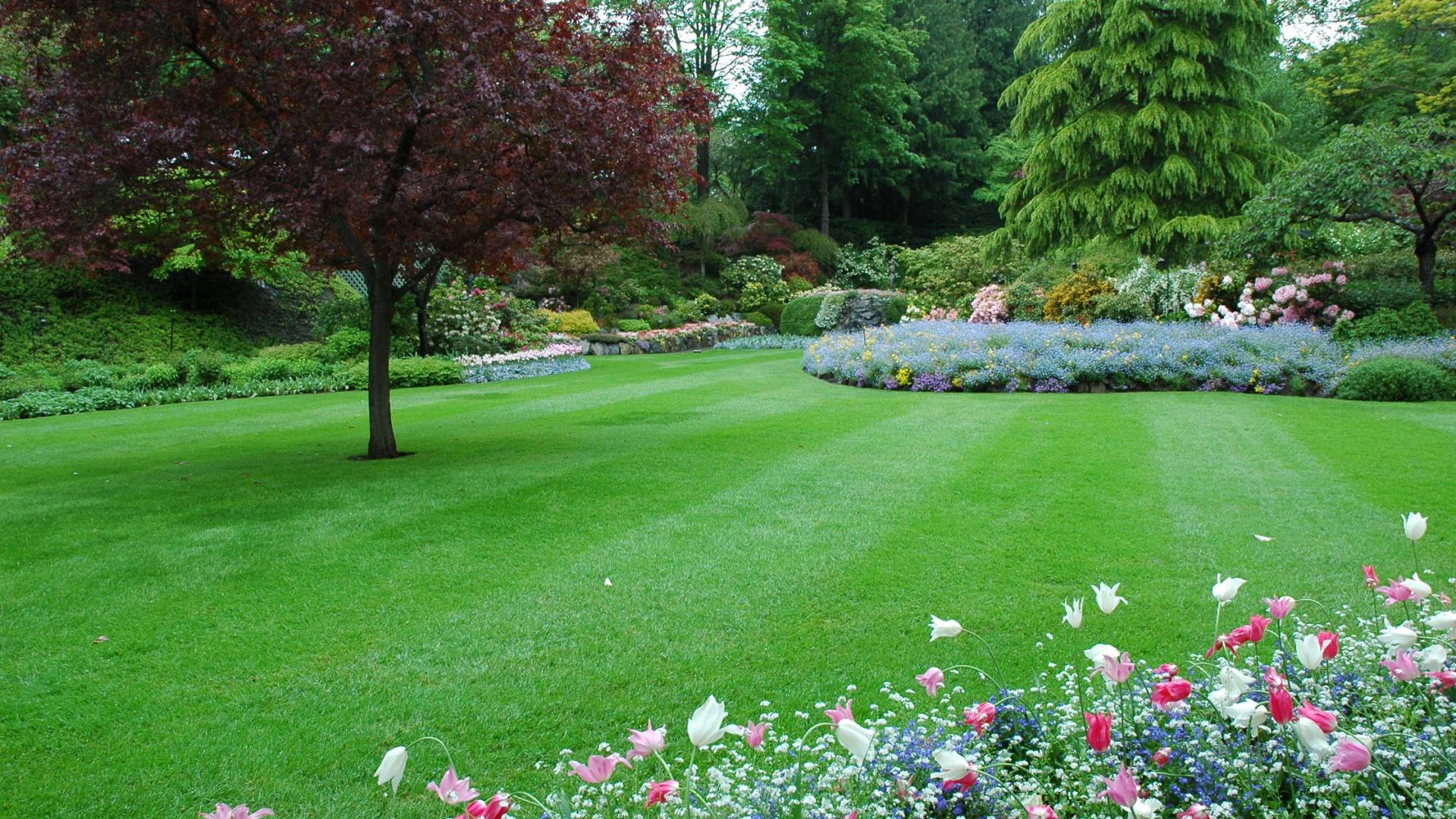“This is the place”
“Yes, I remember.”
Her seventy-nine-year-old eyes were large and ripply behind her thick spectacles. Her face a mass of ridges topped by a puff of grey-white hair.
We walked up the familiar lane – barely wide enough for two cars to pass on the metalled road in the centre, and streaked by tyre-tracks of dirt in a wide pattern from countless passing tractors. Or maybe one tractor passing countless times. It was damp, as it usually is in North East Scotland, but it hadn’t rained properly for a while. I looked at the fuzz of sticks and straw and bits of grass embedded in the lines of light-brown dirt from the tractor tyres and sighed. Somehow the messiness of it annoyed me.
The laneway was familiar to me, as was the approaching garden gate. I’d visited here several times on my various trips to Scotland. But for my aunt Edith, it was home. A place she’d lived all her life; she was born in the farmhouse up the road and then ended up building her own “Wee Housie” on this large plot of land at the far left corner of the family’s property. Her youngest brother still lived in the Big House on the original farm where all the three children had been born. Edith had fallen out with Robert though, and an uneasy silence had reigned between the two sibling neighbours for the final few years she’d lived here.
I watched the lines of her face, her wide mouth held firmly. I couldn’t tell if she was composed or sad or angry or what. She had told me numerous times she was glad to be out of the Wee Housie now she was getting older and her eyes weren’t so good. Her modern flat in Aberdeen had a lift and a concierge who could arrange taxis and the like. She’d had to give up driving a few years ago as well. I’d driven us to the village of Mintlaw in my hire car this morning and we’d walked from there.
There was a smell of fertiliser from the fields nearby, which had a light dusting of white and pale pink flowers. Fresh green leaves had sprouted on the horse chestnuts while yellow dandelions poked their tufty heads out of the long grass by the side of the road. Easter was coming, early this year, and while it was too soon for the heady waft of spring in the air, you’d get a few thin flutters of it hitting your nostrils, like the trilling high-note of a single flute.
We’d planned to go further up the lane to the house itself, knock on the door and introduce ourselves before politely asking to look around the garden. Edith mostly wanted to revisit the tree under which her beloved dog, Ruby, had been buried. However, when we got to the garden door set in that stone wall, and saw it was ajar, we couldn’t resist pushing it further open and stepping through.
Edith looked at me, her eyes huge and swimmy, the light catching the pearly pink frames of her glasses.
“We’ll jist take a quick look,” she said.
“Righto.” It still felt like her place to decide such things.
The door was soft, grey wood, deeply grooved with age and weather. There was one of those wrought iron latches that you press down with your thumb. Once shiny and black, now burnished with rust. I seemed to remember a bower on the other side, but as we stepped through, I realised my memory had been slightly incorrect. There was a narrow arch inside the gate, covered in a climbing rose that was still sparse and woody from winter. Then you walked a few feet down an open path, and to your right was another rose-trellis, but a lower, circular one – the kind where you could step into the centre of it and be surrounded by roses when they were in bloom, while still seeing beyond to the house on the ridge, and down the full sweep of what had been an orderly kitchen garden and a small copse of trees. Aspen, which had yet to break into bud.
The garden was mostly the same, although the cute flourishes Edith had added – a garden gnome here, a carved birdhouse there – had multiplied into a slightly tacky wonderland of garden accoutrements. There were statues everywhere, seemingly without a theme. A delicate fairy flitted next to a fat Buddha, while a line of green ceramic frogs on the lip of a water feature eyed off a large steel-and-wood pelican squatting opposite. The effect was almost enchanting but it had been overdone and, with most of the leaves and plants still bare, the figurines and filigree seemed to stand out oddly. I stood still and slowly circled around, trying to picture it in mid-summer when the extra flowers and foliage would make it far more pleasant.
I had a strange sensation where my memories of the garden seemed to sit in the middle-distance like an out of focus image, while this new version was overlaid. I processed this for a minute or two, before noticing that Edith, who had walked on ahead, was already amongst the tall trees on the periphery of the garden.
Another update to this garden was the people. Quite a lot of people, in fact. Up on the hill, beyond the Wee Housie, a new set of dwellings had sprung up. I vaguely remembered these starting to be built the last time I’d visited Edith. They were constructed of that dark, Aberdeen granite, that glinted in the sunshine. You didn’t get so much sun here though, so the overall effect was usually sombre. These houses all had steep roofs, with a few Medieval-style crenelated sections. It was an homage to the ruined tenth-century castle even further up the hill, and overall it worked. I did wonder if the houses would be cold and draughty inside. Although they were newly built, something about them suggested shivery nights and never quite getting warm.
However, things looked festive today in the weak sunshine. A line of stalls and coloured bunting stretched from the group of houses down to Edith’s garden and people were milling about. It was evidently a sort of farmers’ market. I could see groovy dads trailing tiny princesses and superheroes, floral-skirted mums chatting to hoary local producers. Women in edgy glasses selling artisanal cupcakes. And a bunch of disgruntled backpacker types in their Mountain Designs and Mammut hiking gear with grubby, scuffed up boots.
I hurried along the path to catch up with Edith. She was spry for her age and knew exactly where she was going. As I got to the corner where the stalls were set up, I was hit by the deliciously smoky smell of cooking meat from the sausage stand. I had the welcome thought that now we wouldn’t have to drive forty-five minutes back to Aberdeen for lunch.
“I thought you sold off the house and the garden block separately?” I said to Edith quietly. She was not the type who would want her business discussed within earshot of strangers.
“Aye. I deid,” She kicked at a weed on the edge of the path with her old-lady sneaker. “But I haird the folks who bought the land sold it back to the Andersons – the ones who stay here now –a year or so later. It certainly looks as though it’s all goaht one owner again.”
The French doors of the Wee Housie had been thrown wide open and it did indeed seem to be part of the proceedings.
“I’ll quaickly see how my Ruby’s doing, and then we’ll go,” she said decisively. “I can’t enjoy the place with all these folk aboot.”
I nodded. “You know where she is?”
“Of course. I’d never forget a thing like that – she’s buried under our speashal tree.”
Edith stepped purposefully through the small grove; there were probably fifty trees there, spaced about a foot apart, in freeform rows. She stopped by one in the centre near the fence and, to my surprise, pulled a small trowel from her knapsack and started digging.
“This is the spoat!” she said cheerfully, as she plunged her hands into the earth and pulled out a yellowish package tied with string, about the size of a bag of crisps. She set it to one side and kept digging until she unearthed a larger package, this one the size of a sofa cushion. She set that aside and kept digging. A man walked up, one of the groovy dads. His wispy, impossibly white-blonde daughter floating along behind him. The little girl had a distinct Peterhead accent, which sounded oddly mature coming from her delicate form.
“Is theis the fairy grotto, da?”
“Aye,” replied the dad, distracted as he spotted the small package on the ground. He bent to pick up it up and weighed it in his hand for a moment before untying the string and peeling back the wrapping, which I could now see was a sort of greaseproof paper. Inside was a cut of meat, deep burgundy and with a yellow-white bone hooking through it. I stepped a little closer: the meat was dark red and perfectly aged, beautifully marbled with thin veins of fat, its petrol-grease sheen shining bluish-purple in the mottled light through the trees.
“Wow,” he said, half to Edith, half to me. “This is an absolutely beutifal bit o steak.”
Edith glanced up, the sun glinting off her glasses. Her mouth set in that same inscrutable line.
“That’s my Ruby.”
“Oh reit!” he said, matter-of-factly. “I’ve haird of this Ruby-aged meat. Meant to be a reel delicacy, tha.” The man put the first package down and reached for the second, opening that too. It contained a larger cut – a shoulder or haunch.
“Whoo,” he breathed. “This is naice stuff. How much are ye sealling this for?”
Edith stood up, wiping the earth from her hands down the sides of her jeans.
“Weel,” she said, and I caught what I’m sure is was glint of mischief in her eye. “Weel… it’s prime-aged Ruby. I’d have to think.” She didn’t wait long. “A hundred poonds?”
“For baith?” The man reached down and picked up the first package with one hand, stacking it on top of the larger one. His other hand was in his back pocket, going for his wallet.
“Baith,” agreed Edith.

Claire Doble is an Australian-born writer, poet and off-duty goth who lives in Zurich, Switzerland. Her poems and short stories have been published in The Woolf, The Drabble, Allegro Poetry Magazine and Quail Bell. Read more of her work at https://clairevetica.wordpress.com/



Thanks for publishing this, Sicklit, it looks great.
Cheers, Claire
LikeLike
Reblogged this on clairevetica and commented:
Another one of my stories has been published! Please chuck it some love 🙂
LikeLike